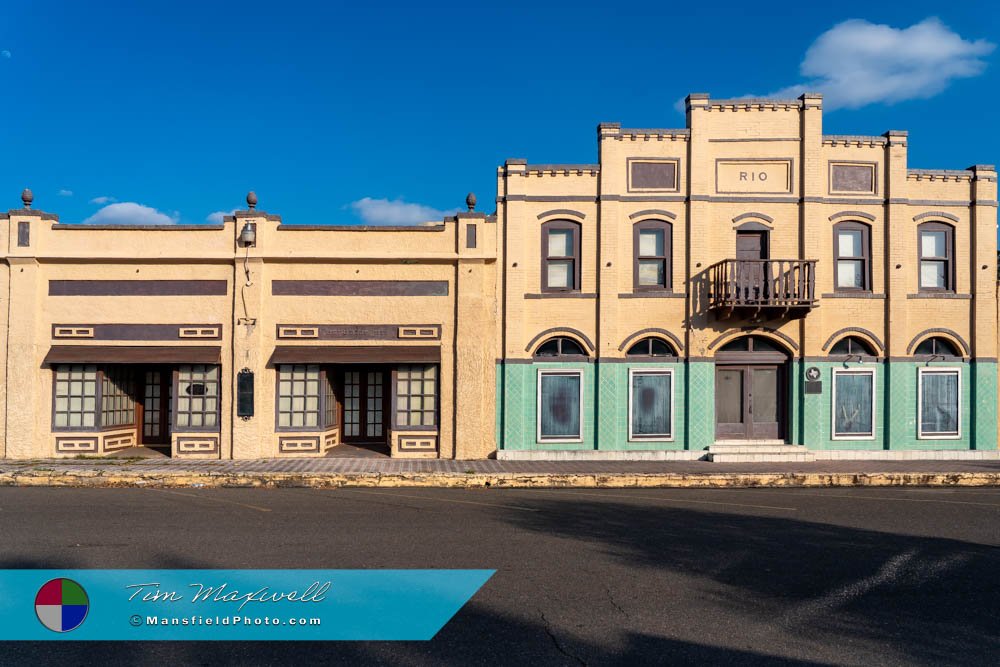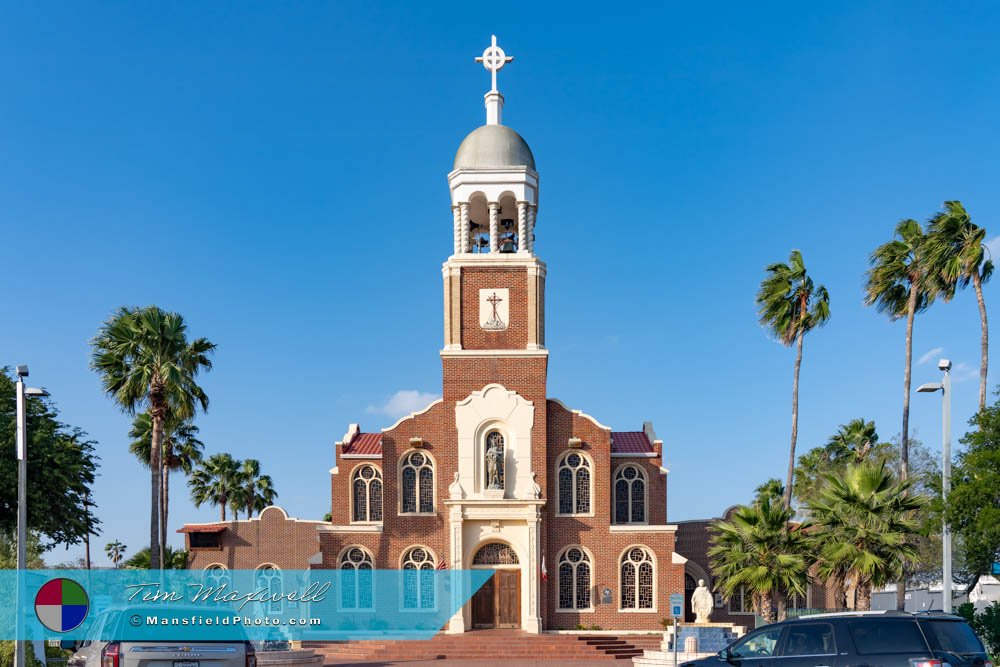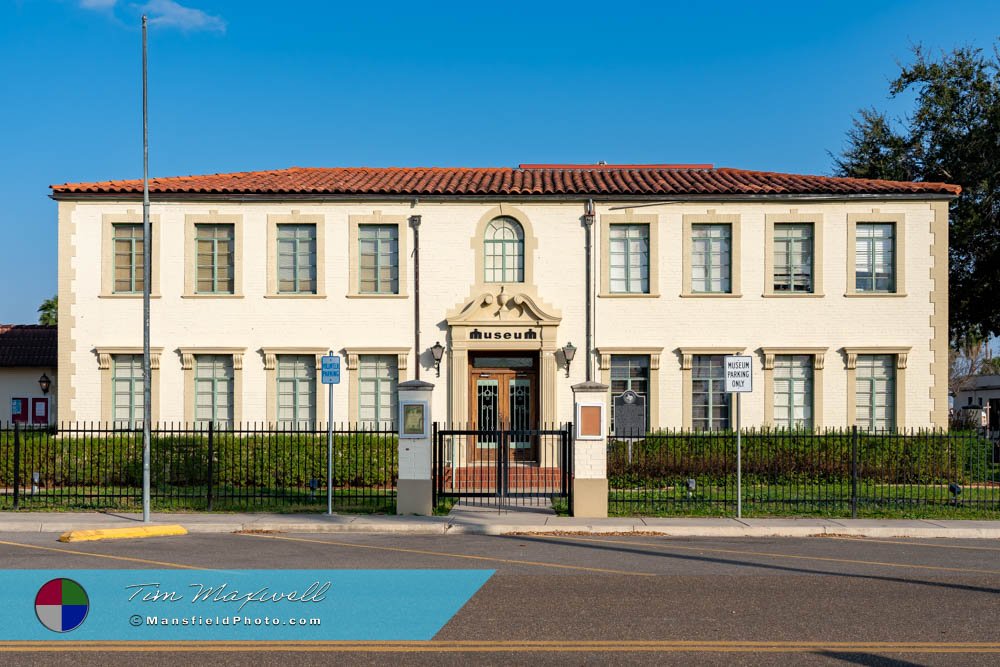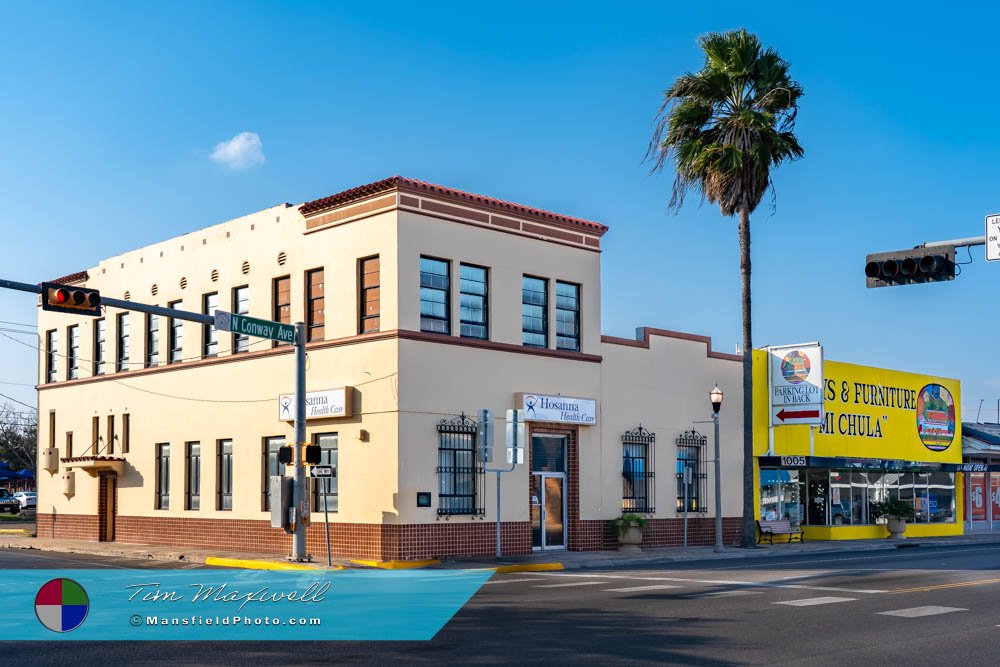Mansfield Photography
Mission, Texas
– From the Gridiron to the Grapefruit.
Long before modern development, the area now known as Mission was home to the Coahuiltecan people, a collective of indigenous tribes who thrived along the Rio Grande for over a millennium. These native inhabitants skillfully utilized the region’s natural resources for sustenance, crafting a harmonious existence with their environment. The mid-18th century ushered in Spanish colonization, introducing foreign diseases that tragically decimated much of the Coahuiltecan population. Survivors often found themselves reliant on the newly established Spanish missions.
In an effort to solidify Spanish presence, land grants known as “porciones” were distributed to settlers from Mexico. These tracts, typically nine-thirteenths of a mile wide along the Rio Grande and extending up to sixteen miles inland, ensured settlers had vital access to water. Remarkably, contemporary land descriptions in the area still reference these original porciones.
The Birth of Mission
The city’s origins trace back to 1907 when entrepreneurs John J. Conway and J.W. Holt acquired the 17,000-acre La Lomita Ranch from the Oblate fathers. Recognizing the potential for growth, they purchased an additional 10,000 acres from John Closner and James B. Wells, subsequently selling tracts to incoming settlers. The extension of the Missouri Pacific Railroad to nearby Mamie in 1904, though initially hindered by challenging roads, eventually facilitated greater accessibility and spurred development.
The city’s name pays homage to the historic La Lomita Mission, a modest chapel established in 1865 by the Oblate missionaries.
Serving as a midpoint for their extensive horseback circuits, the mission became a spiritual and community hub. After the Rio Grande’s shifting course necessitated relocation, the settlement was rebuilt at its current site, laying the foundation for the burgeoning city.
Cultural Landmarks: Theaters of Time
A testament to the city’s rich cultural tapestry is the Rio Theatre. Constructed in 1912 by Spanish immigrant Juan Bautista Barbera, this brick edifice, originally named El Teatro La Paz (Peace Theater), functioned as a venue for lectures, plays, and films. During the Great Depression, it also served as a distribution center for aid to those in need. Today, the Rio Theatre has been revitalized as a cultural center, encompassing a restaurant, art gallery, and hosting various performances, underscoring its enduring significance to the community.
Another historic venue, the Border Theatre, stands as a beacon of the city’s artistic heritage. Established in 1942, it remains one of the last theaters showcasing Art Pueblo styling. Inside, expansive murals depict scenes of the Rio Grande Valley before modernization. While no longer offering nightly movie showings, the family-owned Border Theatre continues to host arts performances and special screenings, preserving its legacy as a cultural cornerstone.
Tom Landry: A Football Legend from Mission
Tom Landry, one of the most legendary figures in football history, was born in Mission in 1924. Best known as the head coach of the Dallas Cowboys from 1960 to 1988, Landry revolutionized the game with his innovative defensive schemes and calm, strategic leadership. Under his guidance, the Cowboys became one of the most dominant teams in the NFL, winning two Super Bowls and making five appearances. Despite his national fame, Landry never forgot his roots, and the city proudly honors his legacy with the Tom Landry Mural and a section of U.S. Highway 83 named in his honor.
Modern-Day Mission
Today, Mission seamlessly blends its storied past with contemporary growth. The city has experienced significant expansion, attracting businesses and residents alike. Agriculture remains a vital component of the local economy, with citrus fruits, notably the Texas Ruby Red grapefruit, symbolizing the region’s agricultural prowess.
Community events, such as the annual Texas Citrus Fiesta, celebrate the city’s heritage and foster a sense of unity among residents. Mission’s commitment to education, evident in its well-regarded schools and public library, ensures a bright future for upcoming generations.
In essence, Mission stands as a dynamic city that honors its historical roots while embracing progress, offering a unique blend of cultural richness and modern amenities.
📸 Interested in More Photos of This Town?








